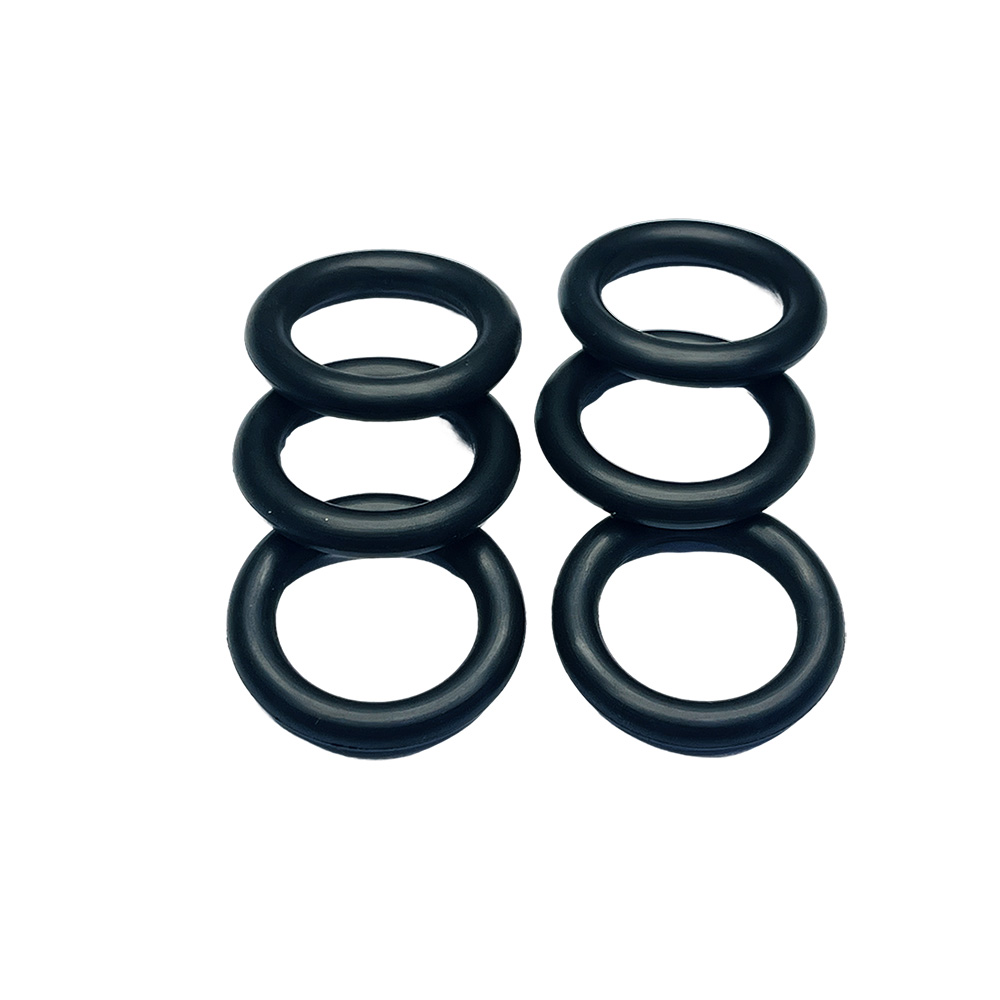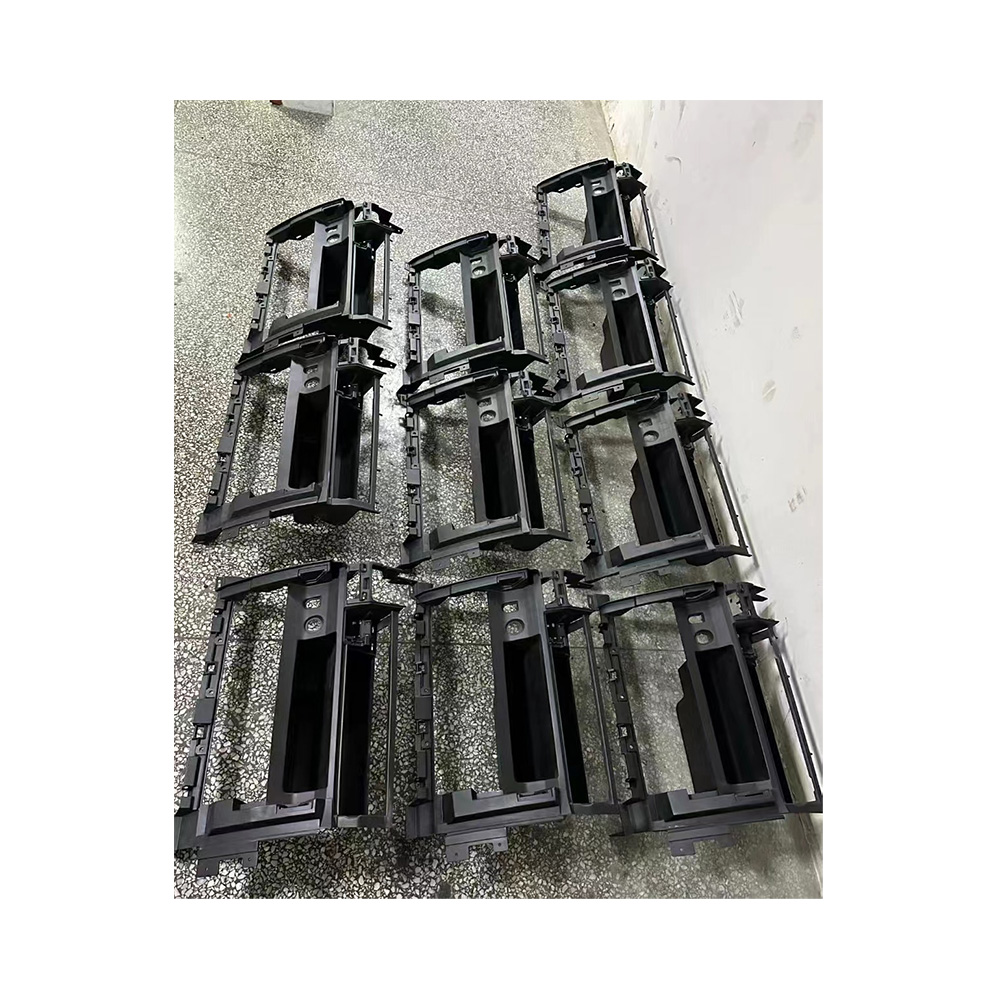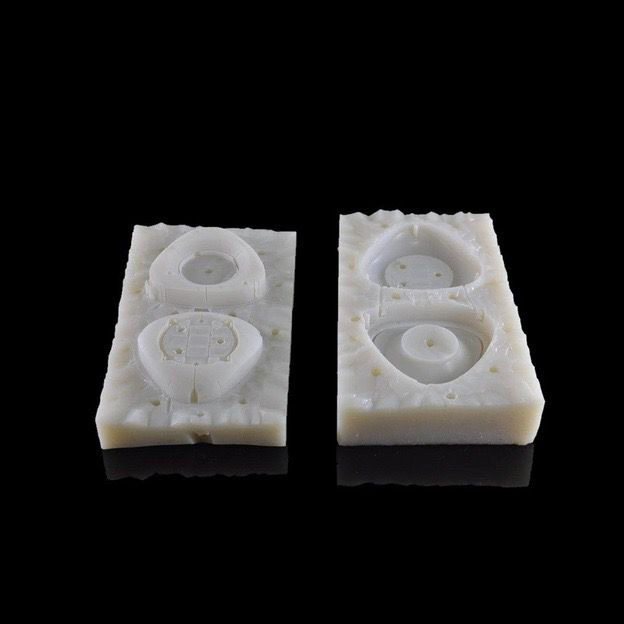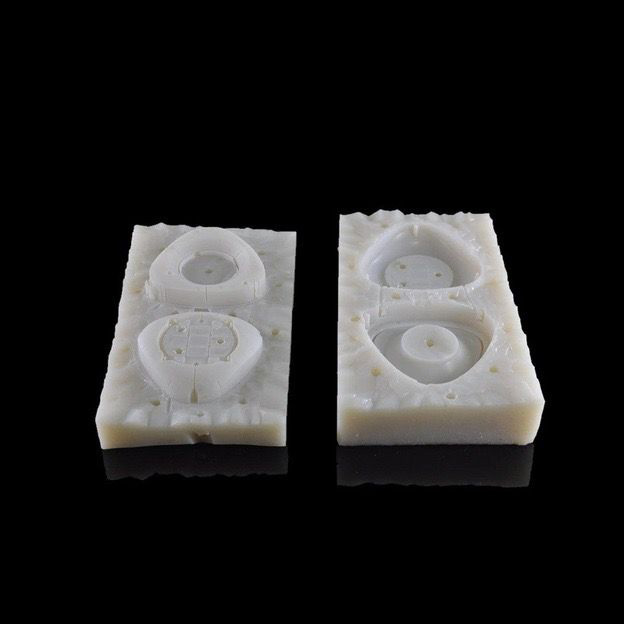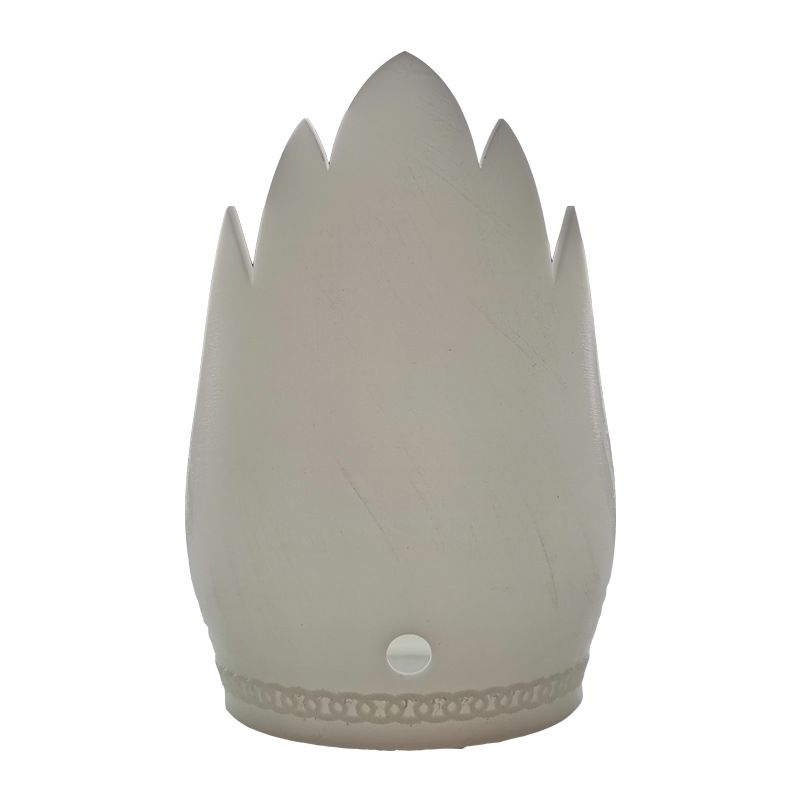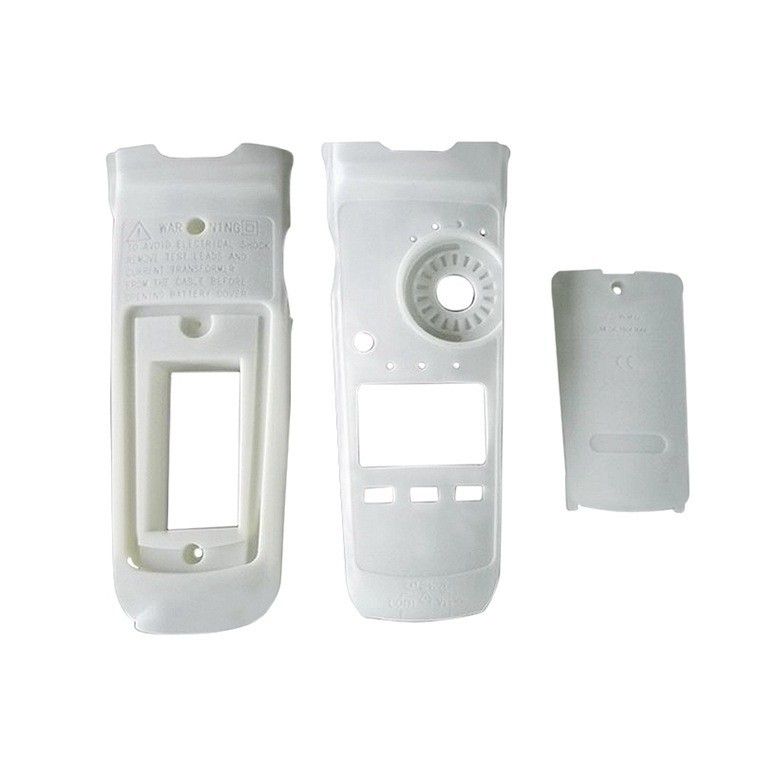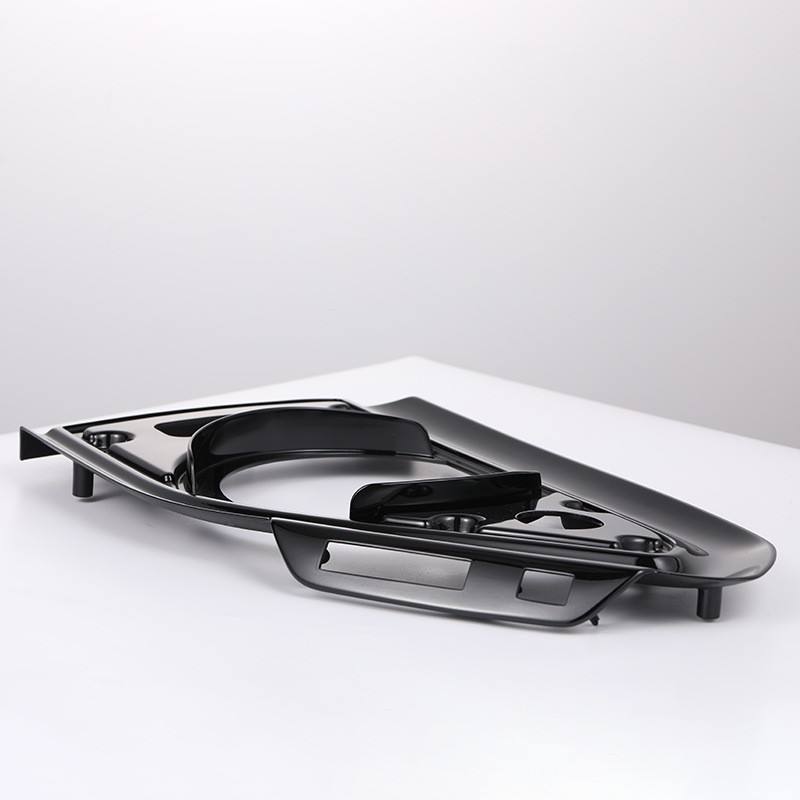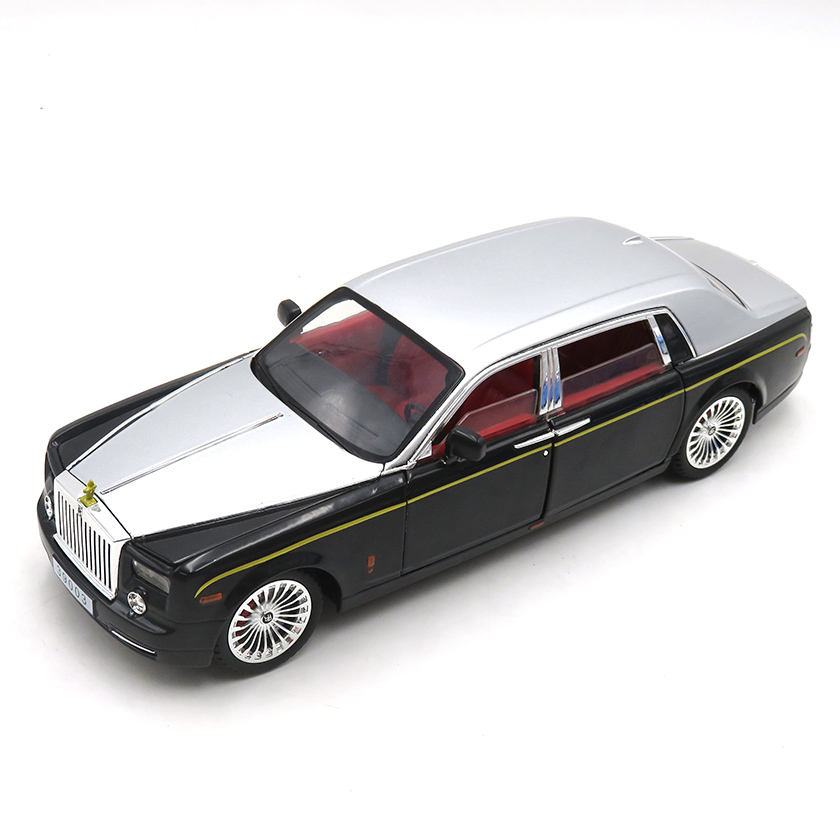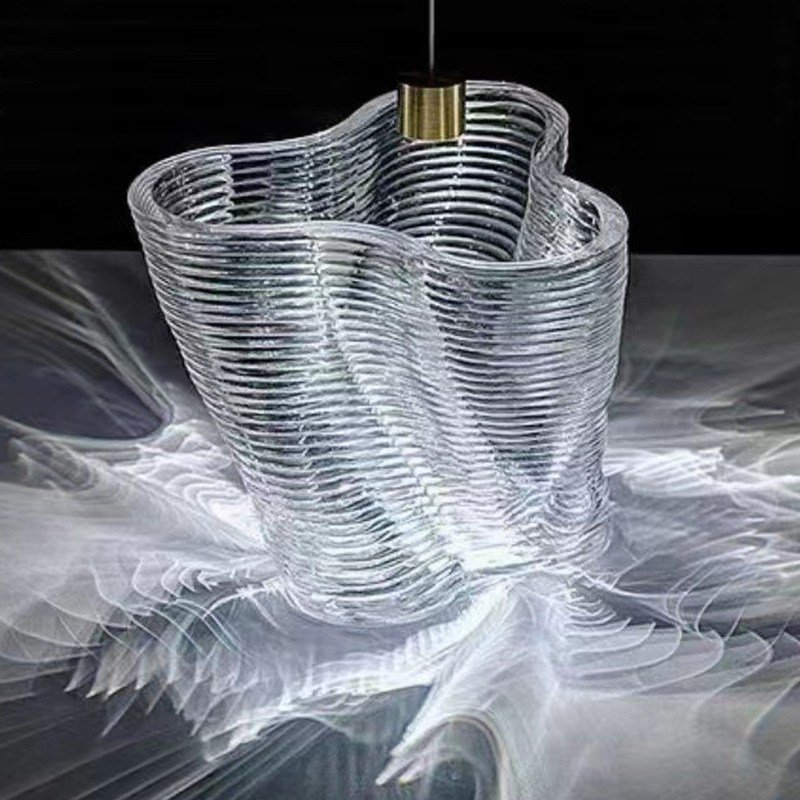0102030405
Abbylee Mould making-Injection mold
Product Detail
Injection molds are composed of several key components, mainly including the following parts:
1.Mold base: Also known as the mold base, it is the basic structure of the mold and is used to support and secure other components.
2.Injection cavity: Also known as mold cavity, it is the cavity part used to form injection molded products. Its structure and shape are designed according to product requirements, and can be a single-cavity or multi-cavity structure.
3.Mold core: Also called mold core, it is the part used to create the internal shape of the product. The mold core and injection molding cavity work closely together to form the complete shape of the product.
4.Mold doorway: Also called nozzle, is the channel for injection molding materials to enter the injection molding cavity. The design and location of the mold doorway have a great impact on product quality.
5.Cooling system: Used to control the temperature during the injection molding process and help the product cool down quickly. The cooling system usually includes cooling water channels and cooling nozzles.
6.Injection system: It mainly includes the injection device of the injection molding machine, the nozzle and the injection barrel, etc., and is used to feed the molten plastic material from the injection molding machine into the mold.
In addition to the above key components, the injection mold may also include some accessory parts, such as positioning pins, guide posts, guide sleeves, ejector pins, etc., which play a role in assisting positioning, ejection and protecting the mold during the actual injection molding process.
The structure and components of an injection mold vary depending on the specific product needs and injection molding process, but the key components listed above are the basic components of an injection mold. The design and manufacturing of each part needs to consider the shape, size, material and molding process requirements of the product to ensure that the mold can complete the injection molding task stably and efficiently.
Features
The injection mold products provided by our company have the following advantages:
1.High quality and precision: We use high-quality materials and advanced processing technology to manufacture injection molds, ensuring high quality and precision of products. This enables injection molded products to have precise dimensions and highly consistent quality.
2.High efficiency and production capacity: Our injection mold design and manufacturing are aimed at improving production efficiency and can complete large-volume injection molding manufacturing in a short time. This helps customers reduce production cycles and increase production capacity.
3.Good durability: Our injection molds use high-quality materials and advanced hardening treatment processes, giving them excellent wear resistance, corrosion resistance and high temperature resistance. This ensures long-term stable operation and extended service life of the mold.
4.Precise mold size and surface quality: Our injection mold manufacturing process uses advanced CNC processing equipment and precision testing instruments to ensure that high precision in the size and surface quality of each mold to meet customers' high requirements for product quality.
5.Customized design and flexibility: Our injection molds can be custom designed and produced according to customers' specific needs to meet the special requirements of different products. We also provide rapid mold repair and modification services to meet customers' changing needs during the production process.
Through these advantages, our injection mold products can meet customers' requirements for quality, production efficiency and cost control, and are widely used in the production of plastic products in various industries.
Application
Injection molds of ABBYLEE can be used in product manufacturing in the following fields:
1.Household items: Injection molds of ABBYLEE can produce various household items, such as plastic chairs, tables, storage boxes, etc. These products can be applied in homes, offices and commercial spaces to provide a comfortable and functional home experience.
2.Packaging containers: Injection molds can produce various plastic packaging containers, such as food packaging boxes, cosmetic bottles, pharmaceutical bottles, etc. These containers have excellent sealing and fresh-keeping properties, ensuring product quality and safety.
3.Electronic product accessories: Injection molds of ABBYLEE can produce various electronic product accessories, such as mobile phone casings, TV remote control casings, computer keyboards, etc. These accessories have good texture and appearance design, providing a high-quality use experience.
4.Auto parts: Injection molds can be used to manufacture auto parts, such as car interior parts, light housings, bumpers, etc. These parts have high strength, wear resistance and weather resistance, can adapt to various complex environments, and provide a safer and more comfortable driving experience.
5.Medical devices and equipment: ABBYLEE's injection molds can manufacture various medical devices and equipment, such as infusion sets, syringes, surgical instruments, etc. These products feature medical-grade materials and workmanship requirements to ensure the safety and effectiveness of medical procedures.
The above are only some typical application fields and uses of injection molds. In fact, ABBYLEE's injection molds can be customized according to customer needs and product requiremen35ts to meet the production needs of various industries.

Parameters
| Material of Mould Core | Mold service life (Shots) | The main materials used in injection molding. | material characteristics |
| P20 | 100000 | Common general-purpose steel, suitable for injection molding of conventional plastics such as polypropylene (PP), polyethylene (PE), polystyrene (PS), and polyvinyl chloride (PVC). | P20 mold core is a general mold steel with high hardness, toughness and wear resistance. Suitable for injection molds, die-casting molds and other conventional molds, such as home appliances, toys, packaging containers, etc. |
| 718H | 500000 After heat treatment can reach 1,000,000 shots | High-quality heat-treated mold steel material, suitable for injection molding engineering plastics, such as polyamide (nylon), polyester (PET, PBT), etc. | 718H mold core is a high-grade mold steel with excellent hardness and thermal stability, and has good resistance to deformation in high temperature environments. Suitable for high-demand injection molds and large-size, complex molds, such as automotive parts, electronic product casings, etc. |
| NAK80 | 500000 After heat treatment can reach 1,000,000 shots | Mold steel material with high hardness and excellent wear resistance, suitable for injection molding of glass fiber-filled plastics, such as glass fiber reinforced nylon and polyester. | NAK80 mold core is a high-quality pre-hardened mold steel with good machinability and high hardness, and can resist high pressure and high temperature. Suitable for high-precision injection molds, mirror molds, etc., such as optical lenses, mobile phone casings, etc. |
| S136H | 500000,After heat treatment can reach 1,000,000 shots | Mold steel material with good corrosion resistance and heat treatment performance, suitable for injection molding products with high gloss requirements, such as transparent engineering plastics polycarbonate (PC), polymethyl methacrylate (PMMA), etc. | S136H mold core is a high-quality stainless steel mold material with good corrosion resistance and high hardness. It is suitable for injection molds and die-casting molds. It is often used in products that require high mold surface and long durability, such as cosmetic bottle caps, medical equipment, etc. |
The Surface Finished Of Mold Tooling
The surface finish of mold tooling refers to the quality and texture of the surface of the mold. It plays a crucial role in the final appearance and performance of the molded products. The commonly used surface finishes for mold tooling include:
1.High polish finish: This method involves using fine abrasives and polishing compounds to achieve a smooth and reflective surface finish. It is suitable for products that require a high level of gloss and clarity, such as optical components or consumer goods.
2.Matte finish: This finish creates a non-reflective and textured surface by applying a specialized surface treatment. It is commonly used for products that require a softer appearance, such as electronic devices or automotive interior parts.
3.Texture finish: A texture or pattern is added to the surface of the mold to replicate a specific design or to improve the grip and tactile feel of the molded product. Different texturing techniques, such as engraving, etching, or sandblasting, can be used depending on the desired texture.
4.EDM finish: Electrical Discharge Machining (EDM) is a process that uses electrical sparks to remove material from the mold surface. The resulting finish can range from a fine matte to a slightly rough texture, depending on the EDM parameters used.
5.Shot blasting: This method involves blasting small metal or ceramic particles onto the mold surface to create a uniform and satin-like texture. It can enhance the surface finish and reduce the appearance of minor imperfections.
6.Chemical etching: Chemical etching involves applying a chemical solution to the mold surface to selectively remove material and create a desired surface finish or texture. It is commonly used to create intricate patterns or logos on the mold surface.
The choice of surface finish for mold tooling depends on the specific requirements of the molded products, such as aesthetics, functionality, or material compatibility. It is important to consider factors like part design, mold material, and manufacturing process when selecting the appropriate surface finish.
Why Choose Us
1. One-Stop service to save time.
2. Factories in share to save cost.
3. Keyence, ISO9001 and ISO13485 to ensure quality.
4. Professor Team and Strong Technique to ensure delivery.


